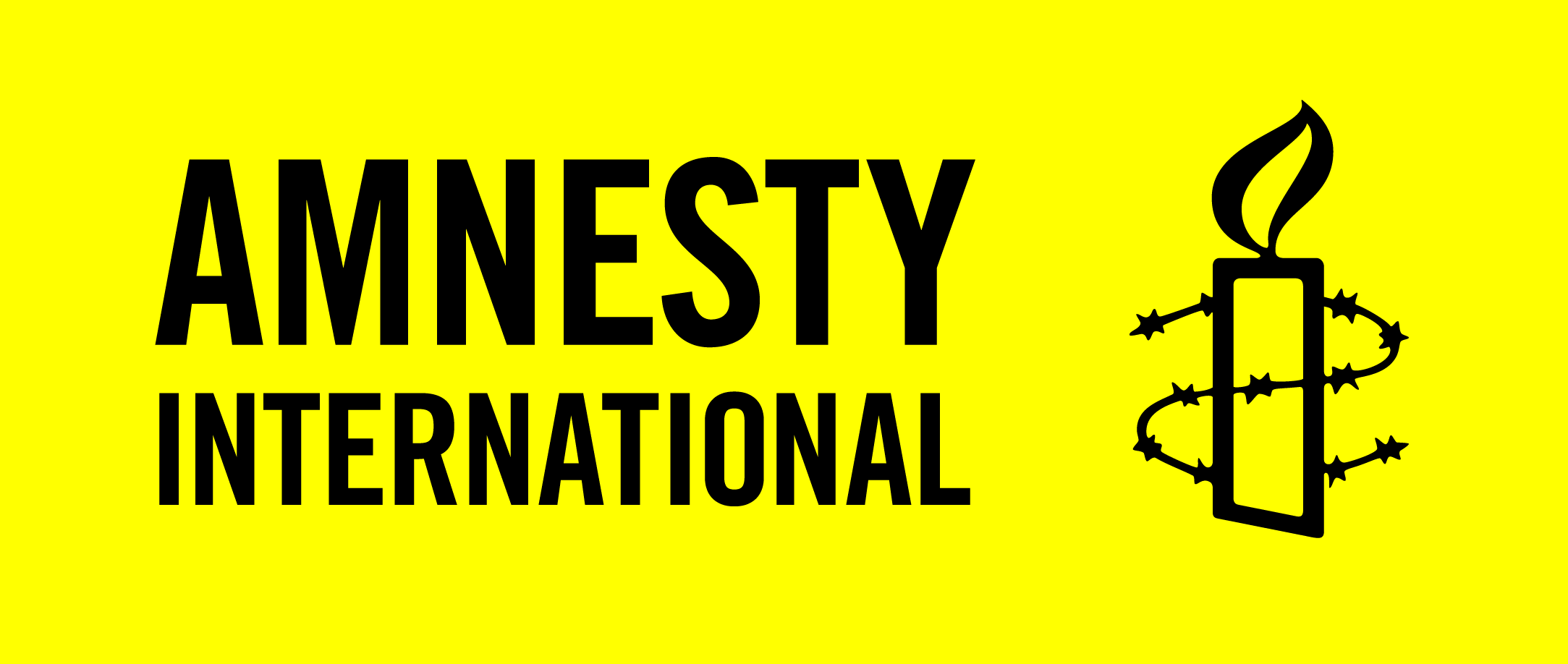Hope-Based Communications is a simple, practical tool anyone can use to reframe the messages they are using to make the case for their cause and change public attitudes. Sharing examples of values-based messaging from Amnesty International, other movements and the worlds of business and politics, this session introduced the concepts of narrative and framing along with findings from neuroscience and cognitive linguistics that show why these tools are crucial to winning debates and shifting what is considered “common sense." Hope-based Communications can be explained through five steps, which require five shifts in the way organizations communicate:
1. Against / For: Highlight what we stand for, not what we oppose;
2. Fear / Hope: Change messaging from triggering fear, to inspiring hope;
3. Victims / Heroes: Emphasize support for heroes, not pity for victims;
4. Threat / Opportunity: Create opportunities, drop threats;
5. Problem / Solution: Talk about solutions, not problems.
Read the full summary for this working session.
Additional Resources:

Working Sessions Summaries

